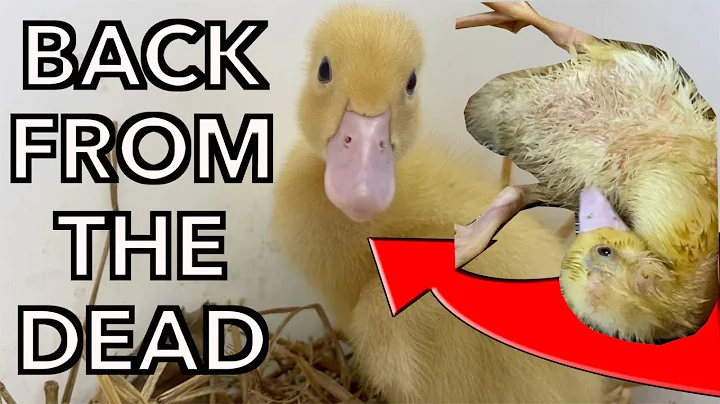Ensure Safety with Regular Softball Bat and Equipment Checks
Table of Contents
- Introduction
- Legal Softball Bats
- Safety Check: Grip of the Bats
- Safety Check: End Cap
- Safety Check: Back Cracks
- Safety Check: Rattles
- Safety Check: Wobbles
- Recap and Importance of Bat Checks
- Helmet Safety Checks
- Conclusion
Introduction
Welcome to this guide on softball bat safety and equipment checks. In this article, we will discuss the importance of using legal softball bats and ensuring the safety of your equipment, specifically focusing on the grip, end cap, back cracks, rattles, and wobbles. By following these guidelines, you can ensure the safety and well-being of your players throughout the season.
Legal Softball Bats
Before we dive into the safety checks, let's first talk about the importance of using legal softball bats. The NSAA (Nebraska School Activities Association) provides a list of approved bats in their manual. You can also find the list on the USASA (United States Amateur Softball Association) website. When checking your bats against the USASA bat list, look for the official logo and model number on the bat. These logos and numbers may be located on the barrel or the back of the bat. It's crucial to use bats that meet the approved standards to ensure fair play and player safety.
Safety Check: Grip of the Bats
One of the first safety checks to perform on your bats is inspecting the grip. The grip should be in good condition, without any cuts, holes, or excessive wear. If you come across minor rips or tears in the grip, you can use athletic tape to secure them. Avoid using electrical tape as it may not provide adequate support. Remember, the grip should not exceed 15 inches in length. Ensuring a secure and intact grip is essential for maintaining control and preventing accidents during gameplay.
Safety Check: End Cap
Next, let's focus on the end cap of the bat. It's crucial to check that the end cap is secure and doesn't twist or move. A loose or damaged end cap can affect the performance and safety of the bat. Take a close look at the end cap, ensuring there are no visible cuts or breaks. By performing this simple check, you can avoid potential accidents caused by a faulty end cap.
Safety Check: Back Cracks
Examining the back of the bat is another vital safety check. Start by running your hand over the bat or twisting it in your hand to feel for any cracks. Visually inspect the bat for any signs of cracks or damage. Sometimes, cleat marks may appear, but they should not pose a significant issue. However, if you notice multiple cracks or dents, it's advisable to retire the bat to ensure the utmost safety for the players.
Safety Check: Rattles
Rattles inside a bat can indicate damage or deterioration. It's essential to check for rattles by gently shaking the bat or clapping it against your hand. Obvious rattles are easy to detect, but even subtle sounds can indicate internal breakdown. Hold the bat by the grip or at the joint and listen for any loose components. If you hear anything unusual, it's a sign that the bat may be compromised. Regularly checking for rattles helps prevent using unsafe bats during games.
Safety Check: Wobbles
Wobbles in a bat can impact performance and safety. To check for wobbles, firmly hold the bat at the bottom and the joint, then give it a gentle shake. If you feel any significant wobbling motion, it's a clear indication that the bat is not structurally sound. Another way to test for wobbles is by gripping the joint and gently twisting the bat. By conducting these checks, you can identify and remove potentially dangerous bats from circulation.
Recap and Importance of Bat Checks
To recap, it is essential to regularly check your bats for compliance with the approved bat list. Additionally, perform safety checks by inspecting the grip, end cap, back for cracks, rattles, and wobbles. These checks should be conducted multiple times throughout the year, ensuring the safety of all players and coaches involved. By following these guidelines, you can mitigate any potential risks associated with faulty equipment and provide a safer playing environment.
Helmet Safety Checks
In addition to bat safety, it's crucial to perform regular checks on the helmets worn by your players. Although we won't cover the specific checks in this guide, make it a habit to check the padding inside the helmets regularly. Ensure that the padding is secure and not coming loose or misaligned. Inspect the helmet's exterior for any cracks or damage. Pay special attention to the face mask and verify that all screws are present and tightened. Keeping the helmets in good condition is essential for player safety.
Conclusion
In conclusion, softball bat safety and equipment checks are vital for maintaining a safe playing environment. By adhering to the guidelines provided in this article, you can ensure that your bats are legal, properly maintained, and safe for use. Performing regular checks on the grip, end cap, back, rattles, and wobbles promotes player safety and enhances the overall quality of the game. By prioritizing equipment safety, you create a positive and secure environment for all involved in the sport.
FAQ
Q: How often should I check my bats for safety?
A: It is recommended to check your bats multiple times throughout the year. Due to potential wear and tear, even new bats can develop cracks or other faults that compromise player safety. Regular checks ensure that only safe and compliant bats are used.
Q: Can I use electrical tape to secure a damaged bat grip?
A: No, it is not recommended to use electrical tape. Athletic tape is the best option for securing minor tears or rips in the bat's grip. Electrical tape may not provide the necessary support and could further damage the bat.
Q: Should I keep extra screws for helmet face masks?
A: Yes, it's a good idea to have spare screws on hand. Helmet face masks can loosen or lose screws over time. By having extra screws available, you can quickly resolve any issues and ensure the face mask is secure.
Resources:







